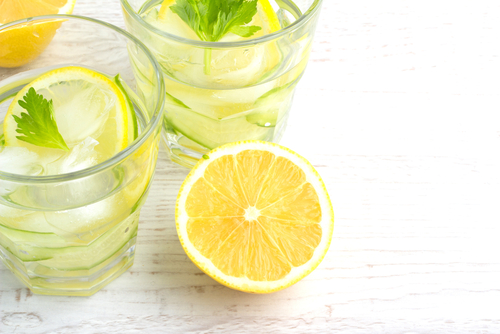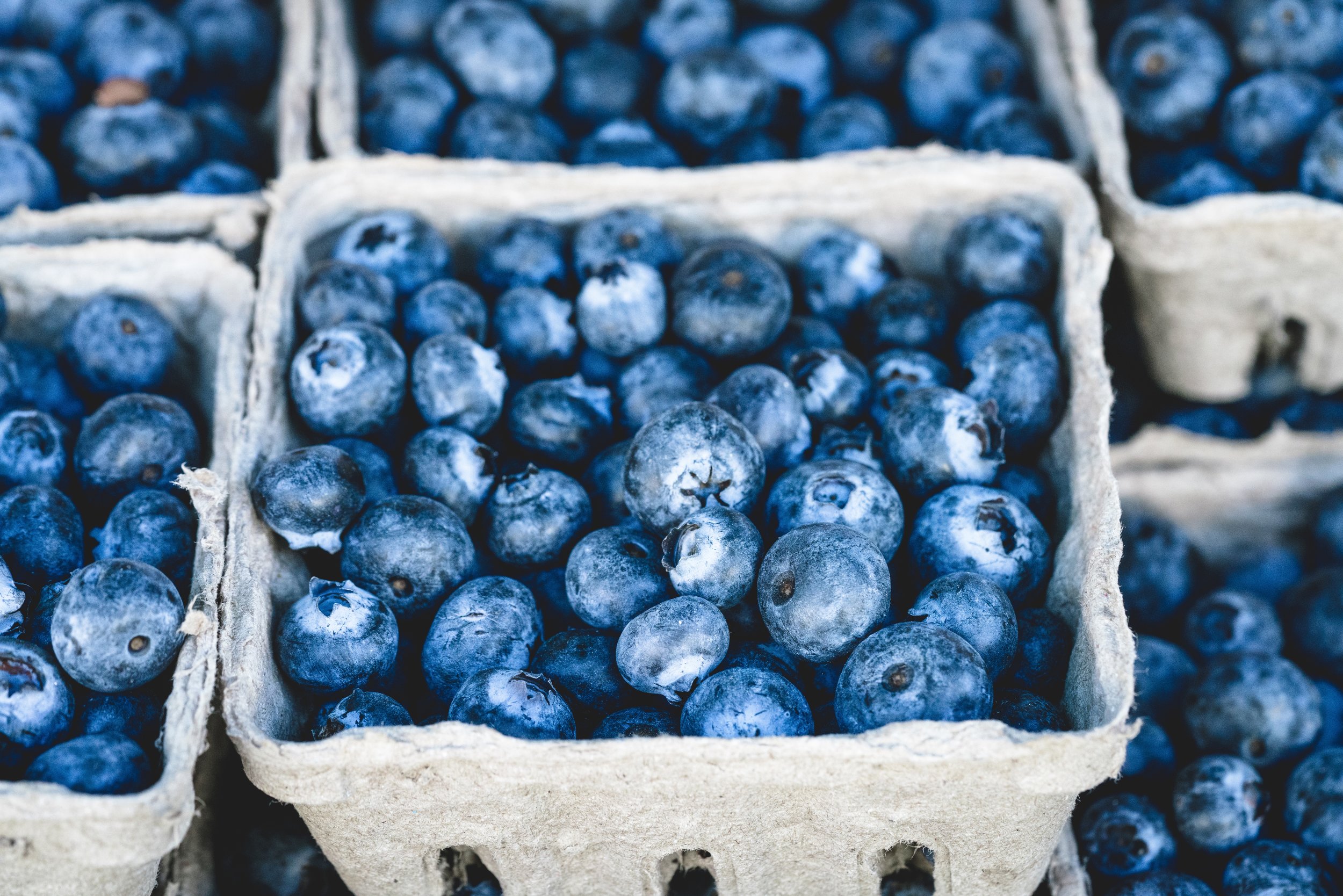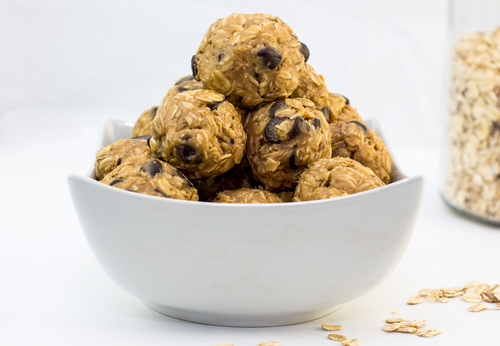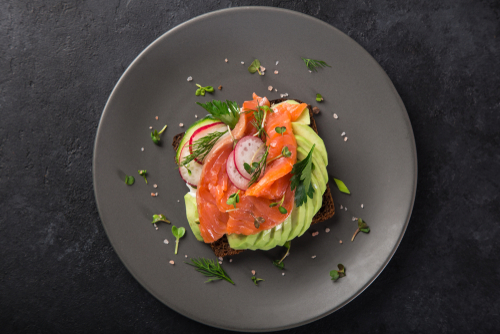Sweaty HIIT Workout
/One of Lisa’s favorite client’s doing the Sweaty Hiit workout this morning.
Sweaty HIIT Workout
For this HIIT workout, you’ll perform the exercises for 1 minute each as a circuit. Rest for 30 seconds to 1 minute between exercises. When you’ve completed the circuit of ten exercises, rest for 1 minute and repeat the circuit for a longer workout.
Beginners, start with 10-20 reps per exercise (instead of 1 minute) and work your way up.
As with all workouts, make sure you’re properly warmed up beforehand, and always listen to your body, modifying or stopping as needed.
Click here for a pdf of this workout that includes pictures of each exercise, video and form tips.
Equipment We Used:
8-10 pound dumbbells
6 pound medicine ball
Interval timer
Flat bench
HIIT Workout Breakdown:
Advanced: 1 minute for each exercise: 30 second - 1 minute recovery
Beginners: 10-20 reps: of each exercise: 30 seconds- 1 minute recovery
Mountain Climber (link to video)
Support your body on your toes and hands with one knee bent and drawn up into your chest and the other leg straight out behind.. Alternate jumping your feet in and out, bringing your knees into your chest each time and keeping your hands on the floor.
Step Up (link to video)
Stand upright with one foot on a bench, holding the dumbbells by your sides with your arms straight. Alternate Right and Left.
Push Press (link to video)
Stand upright holding dumbbells at shoulder height with your elbows bent and palms forward. Bend your hips and knees slightly. Quickly thrust the dumbbells overhead, extending your arms and legs.
Burpee (link to video)
Start in the top of a push up position. Jump your feet in, bringing your knees to your chest while keeping your hands on the floor. Come to an upright position and jump into the air, raising your arms overhead. To modify, do not do the jump.
Bench Jack Knife (link to video)
Lie your body across a bench with your legs straight out,holding the side of the bench.Lift your upper body into a crunch while also bringing your knees into your chest. Lower your upper body and legs back out straight and repeat.
Swing (link to video)
Squat holding a dumbbell in both hands between your legs with your arms straight. Thrust your hips forward, swinging the dumbbell out and up overhead with your arms straight.
Russian Twist (link to video)
Start in a sit up position with your feet up off the floor, knees bent, holding a medicine ball at chest level. Twist your torso to one side, lowering the medicine ball towards the ground. Twist your torso back to the other side, keeping your feet up throughout.
Squat Jump (link to video)
Stand upright with your hands to the sides of your head. Bend at the hips and knees into a semi-squat position leaning your torso slightly forward. Push off your feet, jumping straight up. Land in semi-squat and repeat the jump
Walking Pushups (link to video)
Start in a low push up position with one hand directly under your shoulder and the other slightly in front. Push up to a straight arm position and move the backhand forward about 12 inches. Lower your body back to the start position and repeat this time moving the other hand forward in a walking motion.
Jumping Jacks (link to video)






















